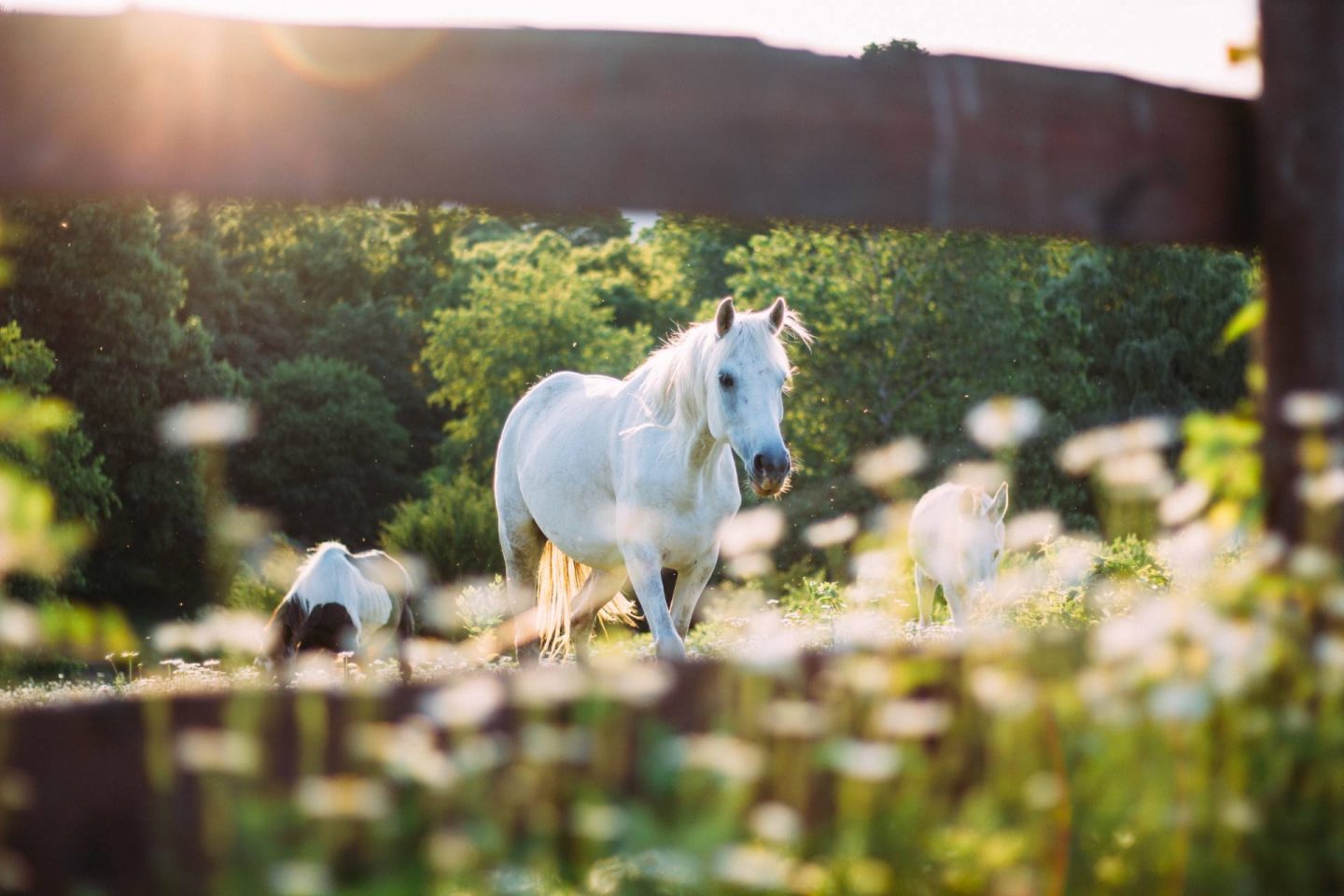*This is a collaborative post.
Winter can be a difficult time for horse owners as changes to diet and daily routine may have to be implemented to accommodate the varying weather conditions. It is well known that sudden changes, especially to the horse feed, can increase the risk of colic and other digestive issues. We have compiled a guide to help you make the transition to your horse’s feeding regime safely this winter.

Lots Of Fibre – To Keep Your Horse Warm
Maintaining the horse’s body weight is important in the colder weather and fibre plays a vital role in achieving this. Not only is it sustenance that they need to maintain a healthy weight but it is also the perfect way of keeping your horse as warm as possible. When fibre is fermented in the horse’s digestive system, heat is produced allowing them to stay significantly warmer.
How Do You Make Sure Your Horse Is Drinking Enough?
When the weather turns colder, taps and water buckets can begin to freeze which can make keeping fresh water available significantly harder. Regularly check your horse’s water to break and remove ice. Placing a tennis ball in the water can also prevent the bucket from completely freezing over, allowing your horse to have access to fresh clean drinking water at all times. Research has also shown that horses drink anywhere between 6-15% less when the weather is colder which increases the potential risk of colic or dehydration Providing a feed that you have to soak is a great way to provide an additional souce of water to aid hydration in the winter.
What Should You Be Feeding Your Horse?
Changing your horses’ diet all at once can be one of the biggest risks often associated with the development of colic and therefore you should change the overall diet gradually. Though this can be difficult when the weather conditions change suddenly, try replacing their grazing beforehand with some forage that you would feed them if they needed to be stabled urgently, this can help to ensure that they are used to the diet that you are feeding them. In addition to this, there is also the option of using a digestive supplement during times of stress or sudden changes to diet to help reduce the risk of colic and allow them to maintain weight.
Why Not Try Steaming Your Hay?
Though it is great to soak hay in the winter, this can cause it to freeze in the winter with the harsh temperature change. However, steaming the hay will allow for the same amount of moisture as well as cleaning the hay to prevent respiratory issues. Though this is not always viable for those on a tight budget, this will help to ensure that your horse has access to clean hay regardless of the weather conditions.
Alternatively, you can also use a wide range of chopped fibre feeds to provide them with a partial hay replacer. Though steaming is not recommended to help reduce the sugar content in hay due to the lack of water, opting for a full hay replacer will ensure that you are managing overall sugar intake when it becomes difficult to soak hay.
Whether this is your first winter with your horse or you are just looking to refresh your knowledge, you can be sure you will get the best possible result when sticking to these few simple steps.
